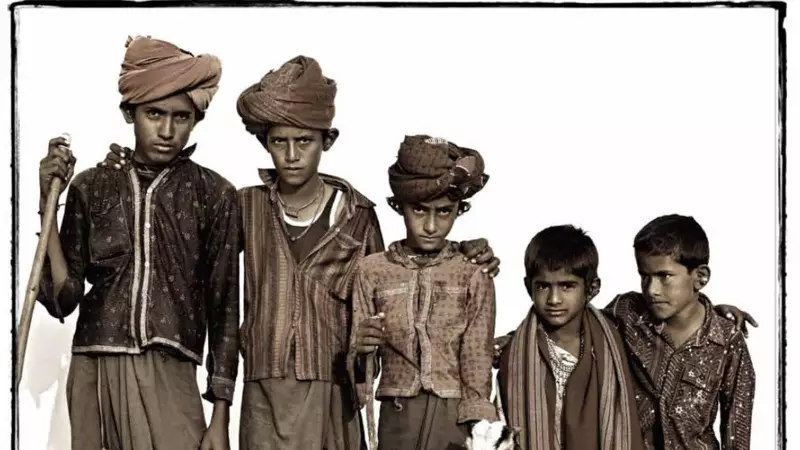
In the arid landscapes of Gujarat's Kutch region, a remarkable transformation is unfolding. The Rabari tribe, traditionally known as camel herders and desert nomads, is now capturing the world's attention with their breathtaking textile artistry that bridges ancient traditions and contemporary gallery spaces.
A Millennium-Old Legacy Reimagined
For over a thousand years, the Rabari people have traversed the desert trails of western India, their lives intricately woven with the rhythms of their livestock. Today, this nomadic community is charting a new course, translating their rich cultural heritage into exquisite embroidered artworks that are gaining international recognition.
The Art of Storytelling Through Thread
Rabari embroidery is more than just decorative craft—it's a visual language that documents their history, beliefs, and connection to the natural world. Each intricate stitch tells a story:
- Mirror work (shisha) that reflects their spiritual worldview
- Geometric patterns representing desert landscapes and animal tracks
- Vibrant color combinations inspired by their arid surroundings
- Symbolic motifs that preserve tribal legends and folklore
From Desert Dwellings to Prestigious Galleries
The journey from remote desert villages to international art exhibitions hasn't been easy. Through various government initiatives and NGO interventions, Rabari artisans are now accessing global markets while maintaining the authenticity of their craft. Their work now graces:
- Major Indian art galleries and cultural centers
- International textile museums
- Designer fashion collections
- Cultural exchange exhibitions worldwide
Preserving Heritage in a Modern World
What makes the Rabari story particularly compelling is how they've adapted to changing times without compromising their cultural identity. Younger generations are learning traditional techniques while innovating with new designs, ensuring that their ancestral knowledge survives and thrives.
"Our embroidery is our identity," says a Rabari artisan featured in the original story. "Each piece carries the stories of our mothers and grandmothers. Now, the whole world can see our history in every stitch."
The Economic and Cultural Impact
This artistic renaissance has brought significant benefits to the Rabari community:
- Sustainable livelihoods that don't require abandoning traditional lifestyles
- Women's empowerment through economic independence
- Cultural preservation by making traditional skills economically viable
- Global recognition of India's diverse artistic traditions
The Rabari tribe's journey from desert trails to gallery walls represents more than just an artistic success story—it's a powerful example of how ancient cultures can find new relevance in the contemporary world while staying true to their roots.





